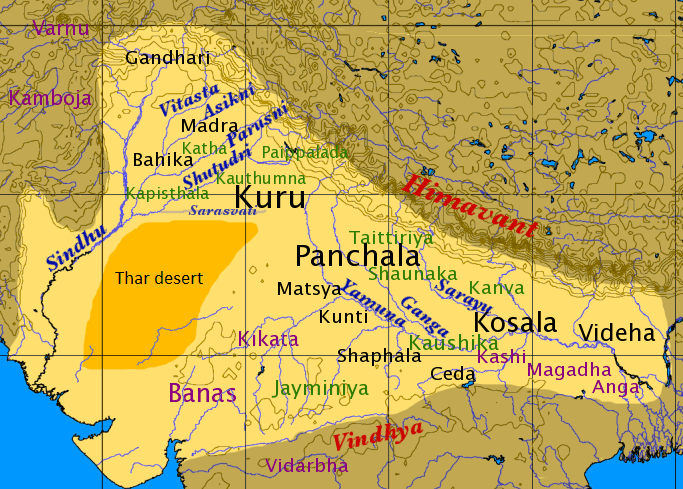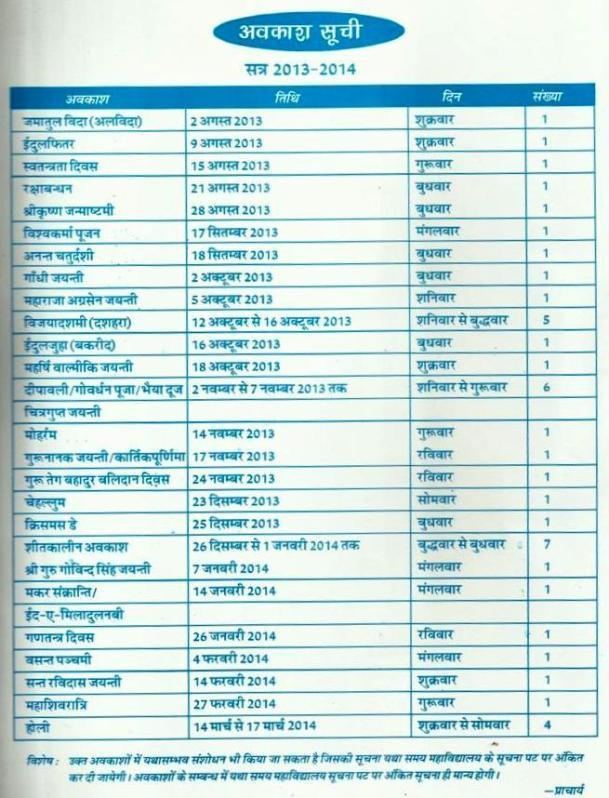Country State | Language spoken Hindi District | |
 | ||
Map of Nawabganj, Bareilly
Nawabganj ( [nəbəb'gəndʒ]; Hindi: नवाबगञ्ज, navābganj ? Urdu: نوابگنج, navābganj ?) (also spelled as Nawabgunj and Nawabgunge in British Raj) is a Nagar palika and an administrative subdivision (or tehsil or pargana) of Bareilly district in the Indian state of Uttar Pradesh. A Sub Divisional Magistrate (SDM), also called Sub Divisional Officer (SDO), or pargana-adhikari (literally pargana-officer) is the head official.
Contents
- Map of Nawabganj Bareilly
- History
- Notable recent events
- Demographics and geography
- Politics
- Education
- Tourism
- References

Under the three-tier Panchayat Raj Institution (PRI) system, Nawabganj comes under Bareilly Zila (district) Panchayat (ZP) and is a headquarters of kshettra (area) panchayat (KP) covering 86 gram panchayat (GP)s. There are 1007 gram panchayats in Bareilly district and 52,002 Gram Panchayats in the Uttar Pradesh state.
History
In 1365, Firoz Tughlak invaded Kather, as Rohilkhand was then called. In the time of Akbar (1542 – 1605), Rohilkhand or Kather (also spelled as Kuther) was divided into two Sarkars or sirkars (Budaun and Sambhal), containing 60 mehals or parganas. Sambhal sarkar was under Delhi Subah and Budaun sarkar was under Awadh Subah. Bareilly was one of the mahals under Budaun sarkar covering an area of 27,61,227 Bighas. (An Akbari bigha was equal to 3,025 square yards). After First Rohilla War(1773–1774), Rohilkhand (or Rohilla Riyāsat) fell to Awadh and later in the hands of East India Company after treaty of 1801 with Nawab Saadat Ali Khan II. In 1801-2, Rohilkhand was divided into two districts, Bareilly and Moradabad. Afterwards, several new districts (Pilibhit, Rampur, Shahjanpur, Rudrapur and others) were carved out of Rohilkhand and some parts were transferred to other districts (Kaimganj to district Farrukhabad and Gola to district Lakhimpur). In 1821, the Budaun District was formed and in the same year a Tehsildaree was established at Nawabganj and a new Nawabganj pargana was formed by taking villages from Crore (now Tehsil Sadar, Bareilly), Bisalpur, and Pilibhit covering an area more than 1,40,000 acres with nearly 1,00,000 acres of cultivated land. For full history, see the Bareilly Settlement Report By S.M.Moens, North-Western Provinces Government, 1874.
Notable recent events
In February 2011, son of Vidhan Parishad member Kesar Gangwar shot a Dalit Kalicharan Jatav.
In November 2011, Bharatiya Janata Party workers hurled shoes on MP Varun Gandhi when he refused to attend a scheduled party program, and Zari embroidery work was featured in an ANI news.
In Uttar Pradesh legislative assembly election, 2012, all major political parties fielded Gangwar candidates for the election of MLA of Nawabganj Assembly Constituency (ECI assembly constituency number 121). Bhagwat Saran Gangwar of Samajwadi Party won the election by margin of 17,719 votes. He got 67,022 (35.58%) votes. Voting turnout in Nawabganj Assembly Constituency was the highest in the Bareilly district. Out of total 2,54,610 voters, 1,87,913 (72.92%) votes were cast (men 1,04,268 and women 83,645).
Demographics and geography
In 1865, the population of Nawabganj town was 4,418 and population of Nawabganj pargana was 1,22,264. Population growth between 1891 and 1901 was only 2.2% because of severe droughts in 1860-61 and 1869-70.
The Imperial Gazetteer of India Vol 7 1908, gives statistics of area and population of Nawabganj Tehsil as follows:
The area was known for ingenious production of gur and sugar. Earliest known reference of this in British India is found in The Louisiana Planter and Sugar Manufacturers journal dated January 18, 1919. The report titled "The Improvement of the Indigenous Methods of Gur and Sugar making in the United Provinces" was published in 1916 in Imperial Agricultural Research Institute Bulletin 82, 1916 by William Edward Hulme, Sugar Engineer Expert to Government of India and R. P. Sanghi, Sugar Chemist, Nawabganj Experimental Factory. Reference to the paper (IOR/V/27/515/31 1916) can be found in British Library.
Nawabganj Experimental Factory was erected in 1914–15. The site chosen was a government farm.
As a sugar engineer, William Hulme was assigned to study the indigenous methods of sugar manufacture with a view to determining the best methods of extracting and concentrating the juice for the manufacture of gur and white sugar respectively, both on the scale within the means of individuals or small groups of cultivators, and on a scale suited to the resources of capitalists now engaged in the industry in India.
Pungheli The Pungeilee rises in a jheel near Mouzah Bhugnera in Pergunnah Jehanabad, traverses Jehanabad and Nawabgunj, and joins the Apsurha at Moondeea. It is fed by springs in its bed which is of clay and sand. The stara pierced through in sinking wells of the bridge on the pillibheet road were alternately clay and sand down to 20 feet below the surface, when boulders were first met with.
Kandu The Kandoo is a small stream which rises near Aspore in Pergunnah Nawabgunj, and falls into the east Bygool and Bhursur in Crore. It is crossed by the Pillibheet road by an old masonry bridge near Sithra in Nawabgunj. The banks are steep, and there is very little irrigation from it.
Begul River Canals The Bygool Canals take their origin from the Roodpore and Bhanpore eathen dams, and the Chooreyli and Giram masonry dams. After leaving the Terai, they run through Jehanabad, Ritcha, and Nawabgunj Pergunnahs. They consist of a group of small water-courses known as the Burha feeder, and the Sisona, Bhanpore, Nukutpore, Suseynia, Chooreylee, Girem, and Ougunpore Rujbuhas. None of them are more that about 10′ in width, and their velocity is 3′ per second. They can irrigate about 30,000 acres per year.
Politics
Mr. Ravindra Singh Rathore
Education
Tourism
Nearby points of interest include:
